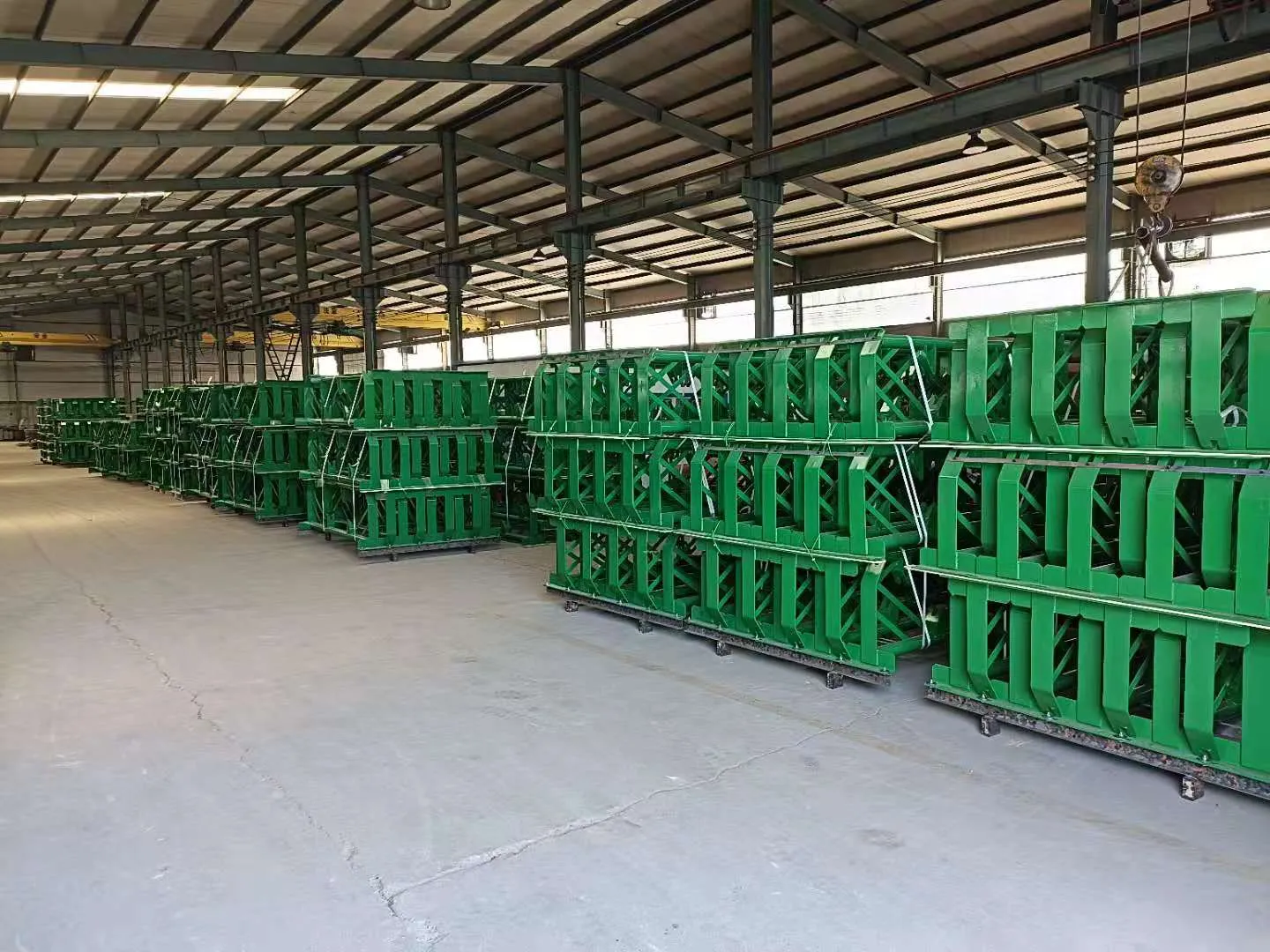 Afrikaans
Afrikaans  Albanian
Albanian  Amharic
Amharic  Arabic
Arabic  Armenian
Armenian  Azerbaijani
Azerbaijani  Basque
Basque  Belarusian
Belarusian  Bengali
Bengali  Bosnian
Bosnian  Bulgarian
Bulgarian  Catalan
Catalan  Cebuano
Cebuano  Corsican
Corsican  Croatian
Croatian  Czech
Czech  Danish
Danish  Dutch
Dutch  English
English  Esperanto
Esperanto  Estonian
Estonian  Finnish
Finnish  French
French  Frisian
Frisian  Galician
Galician  Georgian
Georgian  German
German  Greek
Greek  Gujarati
Gujarati  Haitian Creole
Haitian Creole  hausa
hausa  hawaiian
hawaiian  Hebrew
Hebrew  Hindi
Hindi  Miao
Miao  Hungarian
Hungarian  Icelandic
Icelandic  igbo
igbo  Indonesian
Indonesian  irish
irish  Italian
Italian  Japanese
Japanese  Javanese
Javanese  Kannada
Kannada  kazakh
kazakh  Khmer
Khmer  Rwandese
Rwandese  Korean
Korean  Kurdish
Kurdish  Kyrgyz
Kyrgyz  Lao
Lao  Latin
Latin  Latvian
Latvian  Lithuanian
Lithuanian  Luxembourgish
Luxembourgish  Macedonian
Macedonian  Malgashi
Malgashi  Malay
Malay  Malayalam
Malayalam  Maltese
Maltese  Maori
Maori  Marathi
Marathi  Mongolian
Mongolian  Myanmar
Myanmar  Nepali
Nepali  Norwegian
Norwegian  Norwegian
Norwegian  Occitan
Occitan  Pashto
Pashto  Persian
Persian  Polish
Polish  Portuguese
Portuguese  Punjabi
Punjabi  Romanian
Romanian  Russian
Russian  Samoan
Samoan  Scottish Gaelic
Scottish Gaelic  Serbian
Serbian  Sesotho
Sesotho  Shona
Shona  Sindhi
Sindhi  Sinhala
Sinhala  Slovak
Slovak  Slovenian
Slovenian  Somali
Somali  Spanish
Spanish  Sundanese
Sundanese  Swahili
Swahili  Swedish
Swedish  Tagalog
Tagalog  Tajik
Tajik  Tamil
Tamil  Tatar
Tatar  Telugu
Telugu  Thai
Thai  Turkish
Turkish  Turkmen
Turkmen  Ukrainian
Ukrainian  Urdu
Urdu  Uighur
Uighur  Uzbek
Uzbek  Vietnamese
Vietnamese  Welsh
Welsh  Bantu
Bantu  Yiddish
Yiddish  Yoruba
Yoruba  Zulu
Zulu Self-Correcting Return Idler Mechanism for Enhanced Performance and Efficiency
The Advancements and Benefits of Self-Aligning Return Idlers in Conveyor Systems
In the realm of industrial transportation systems, conveyor belts play a crucial role in moving materials efficiently across various applications. A significant component of these systems is the return idler, which not only supports the belt but also maintains its alignment. Among the innovations in this field, the self-aligning return idler has gained prominence for its effectiveness in reducing operational issues and enhancing productivity.
Understanding Return Idlers
Return idlers are the rollers that support the conveyor belt as it returns to the drive mechanism after having transported materials. They serve to maintain the belt’s sag and support its weight, preventing excessive wear and tear that could lead to system failures. Misalignment of the conveyor belt can cause serious operational problems, including increased energy consumption, excessive wear on components, and, ultimately, breakdowns that result in costly downtime.
The Self-Aligning Mechanism
What sets the self-aligning return idler apart from traditional idlers is its ability to adjust and align itself automatically as the belt moves. This is achieved through a specially designed pivoting mechanism that allows the idler to move with the belt variations caused by load shifts or changes in belt tension. Consequently, the self-aligning return idler automatically corrects misalignments, ensuring that the belt remains centered over the rollers.
Benefits of Self-Aligning Return Idlers
self aligning return idler

1. Reduced Downtime One of the most significant advantages of using self-aligning return idlers is the reduction in maintenance and downtime. Traditional systems often require routine checks and adjustments to ensure the belt remains properly aligned. With self-aligning idlers, the need for constant monitoring decreases significantly, allowing operators to focus on other critical aspects of their operations.
2. Cost-Effectiveness By reducing wear on both the belt and the idlers themselves, self-aligning return idlers contribute to lower maintenance costs and extended equipment life. This enhancement in durability translates into savings on replacement parts and labor, making the system more cost-effective in the long run.
3. Increased Efficiency An aligned conveyor belt operates more effectively, requiring less energy to move materials. Misalignment creates resistance, leading to increased power consumption and potentially overloading the drive mechanisms. With self-aligning idlers, operational costs are reduced, thereby enhancing overall efficiency.
4. Enhanced Safety Conveyor belts that experience frequent misalignments pose safety hazards to personnel working in the vicinity. The self-aligning return idlers mitigate these risks by ensuring that the belt remains stable and secure, thus providing a safer working environment.
5. Versatility in Applications The flexibility of self-aligning return idlers makes them suitable for a variety of industries, including mining, agriculture, and manufacturing. Their functionality ensures that they can adapt to different kinds of belt systems, load types, and operational conditions without compromising performance.
Conclusion
As industries continue to seek improvements in efficiency and cost savings, the incorporation of self-aligning return idlers in conveyor systems stands out as a vital innovation. These components not only prevent common issues associated with belt misalignment but also enhance the overall reliability and safety of conveyor operations. By investing in self-aligning return idlers, companies can streamline their processes, reduce downtime, and achieve a more sustainable operation. The evolution of conveyor technology continues to bridge the gap between efficiency and productivity, making self-aligning return idlers an invaluable asset for modern industrial applications.
-
Taper Centering Idler Set for Conveyor SystemsNewsJun.25,2025
-
Small Idler Rollers for Industrial ConveyorsNewsJun.25,2025
-
Guide Training Idler Set for Conveyor MaintenanceNewsJun.25,2025
-
Friction Offset Idler Set for Industrial UseNewsJun.25,2025
-
Double-Center-Roller Idler AlignmentNewsJun.25,2025
-
Channel Inset Impact Troughing Idler Set for Heavy LoadsNewsJun.25,2025





























